
pikaswaps
Swap regions in a video using a mask, text, or reference image.
Transform text or images into cinematic 4K videos with lifelike motion, audio sync, and smooth temporal consistency for professional storytelling at lower computational cost.
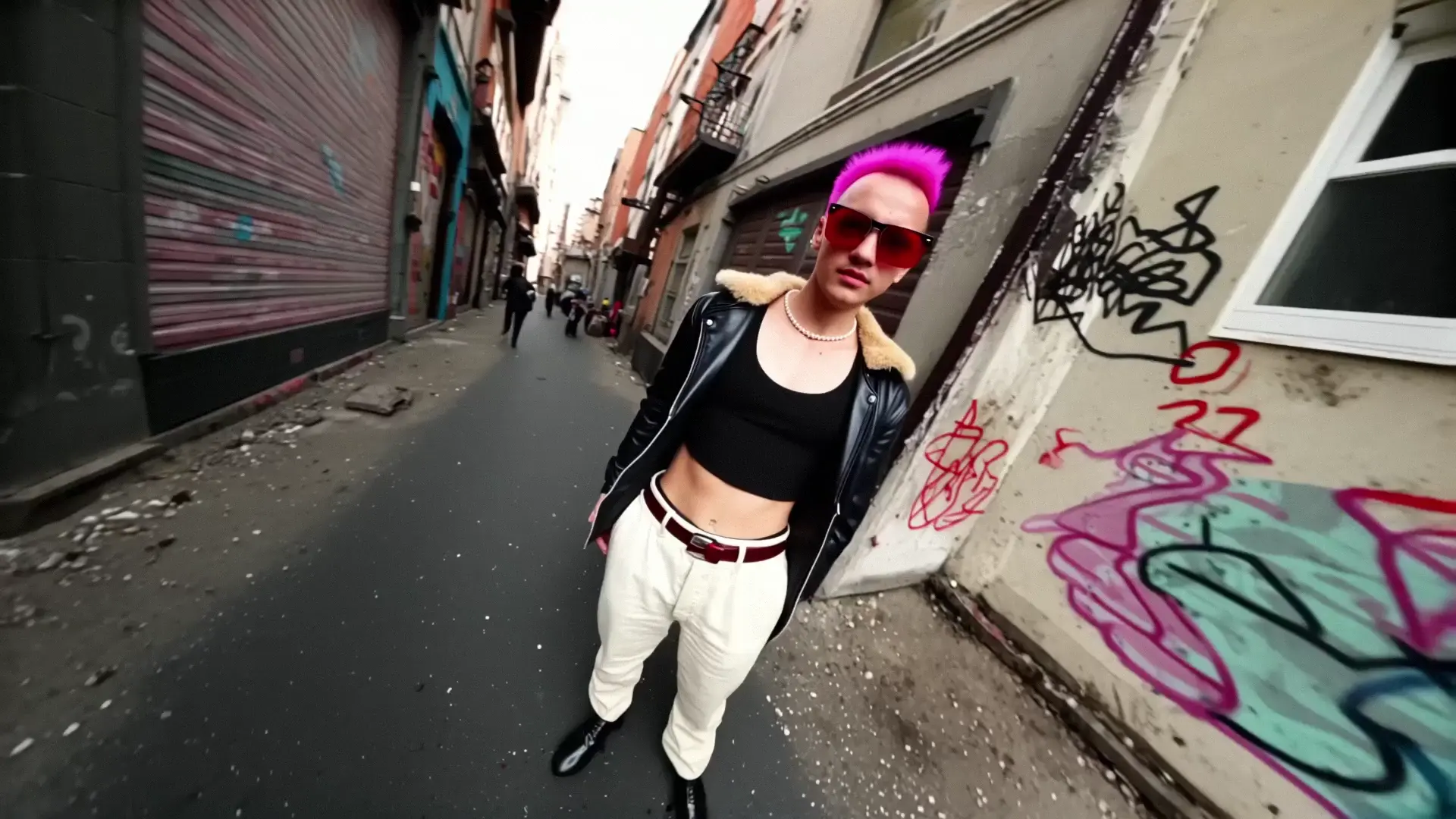
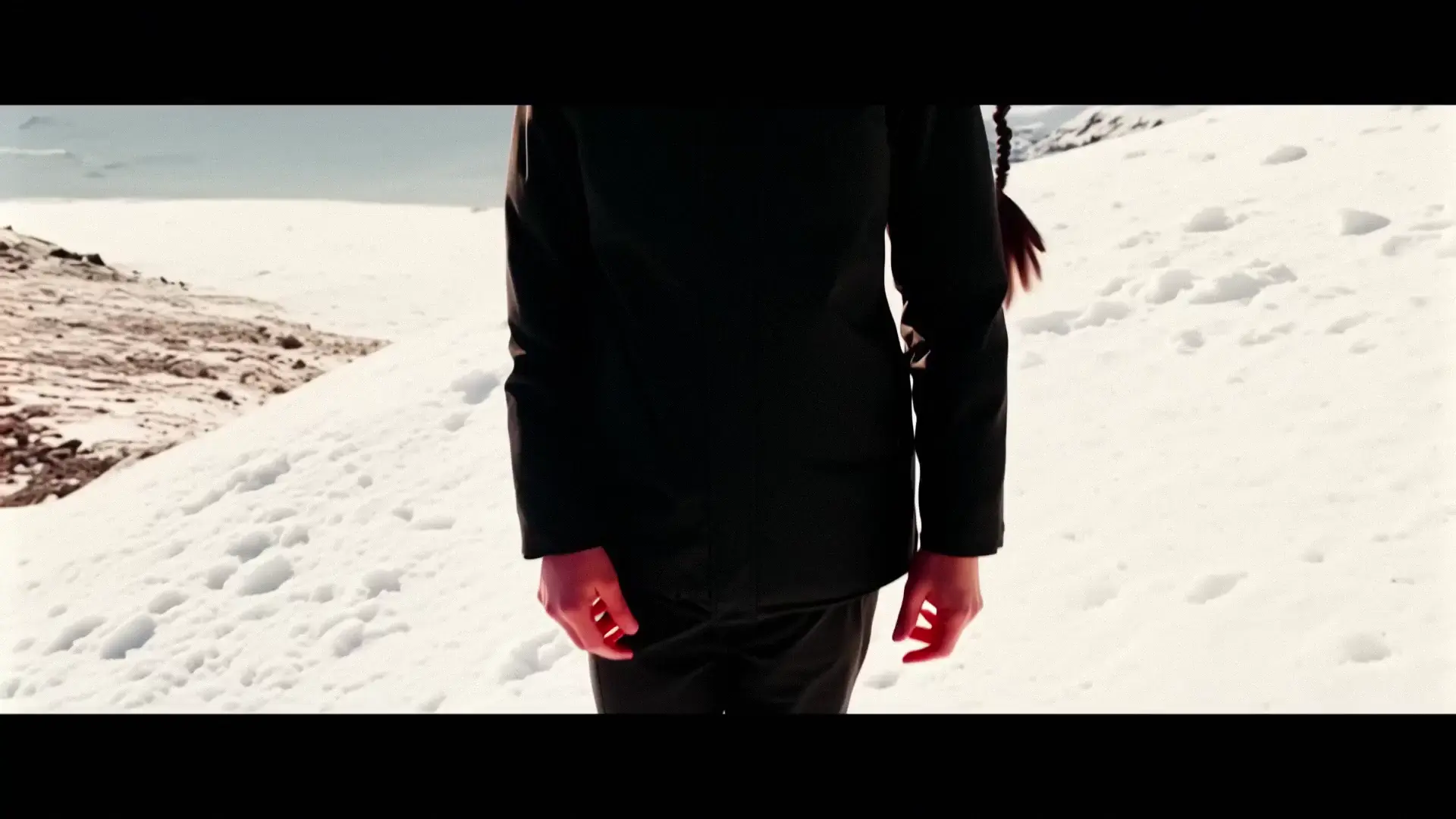
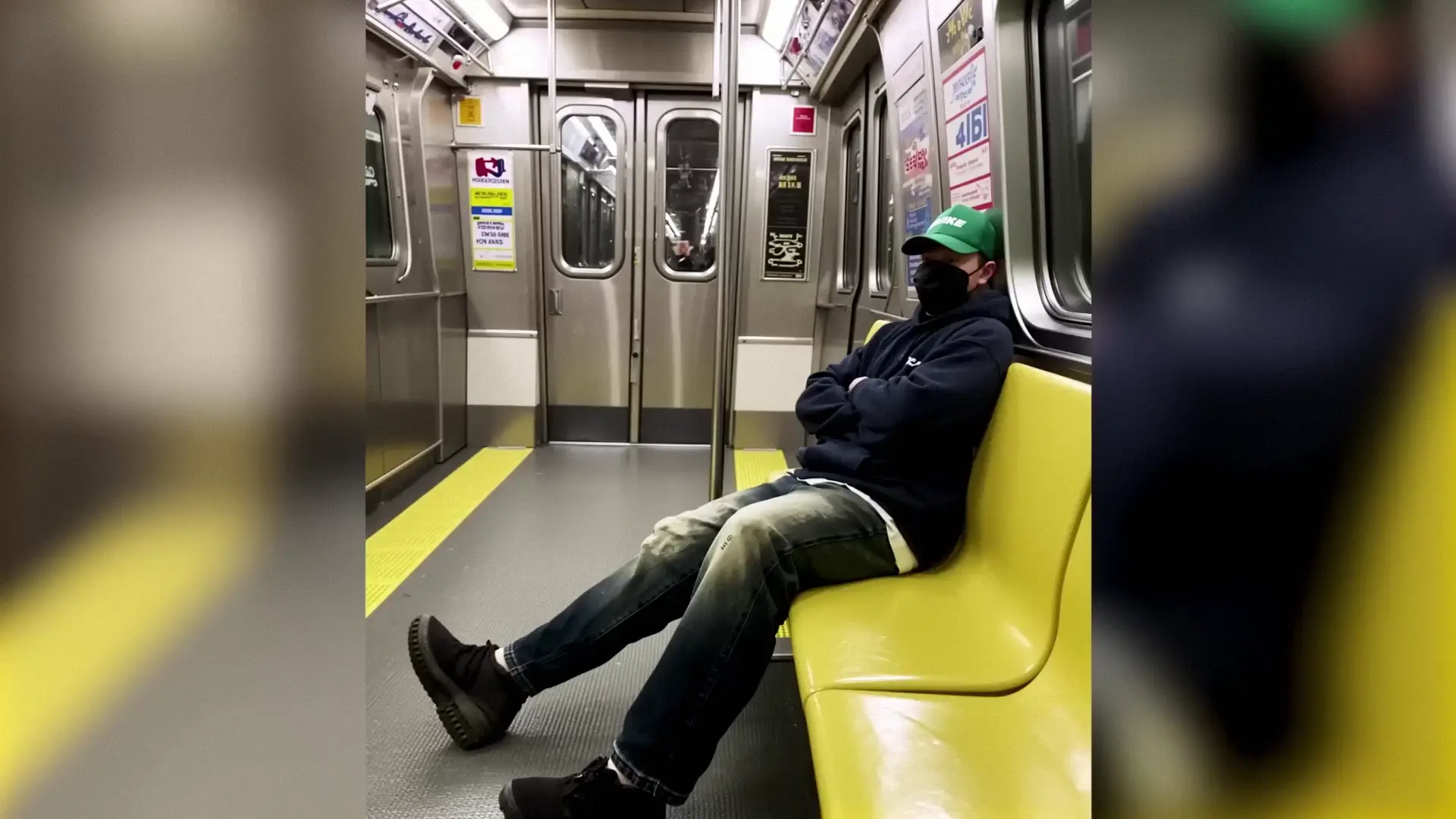

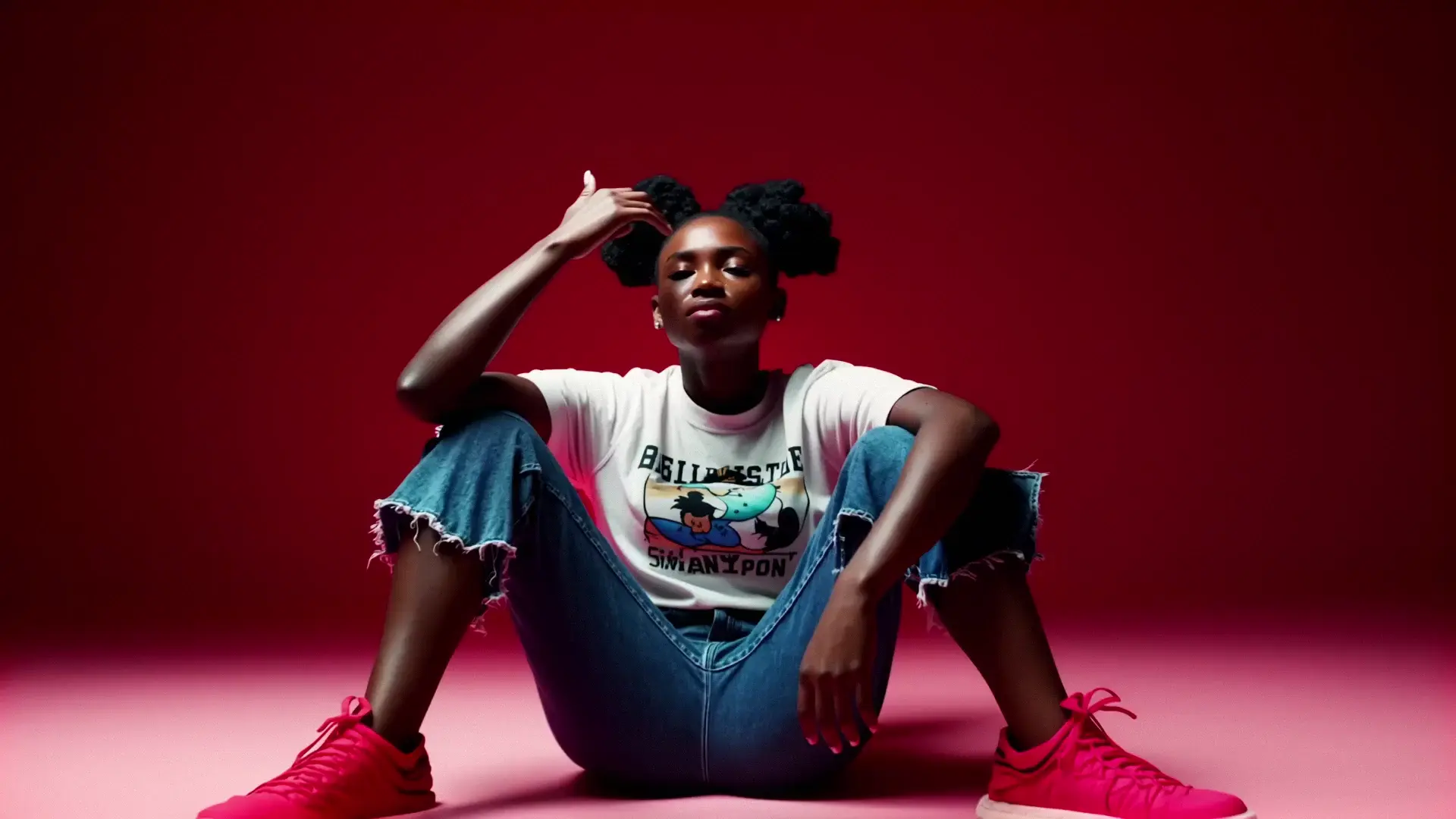
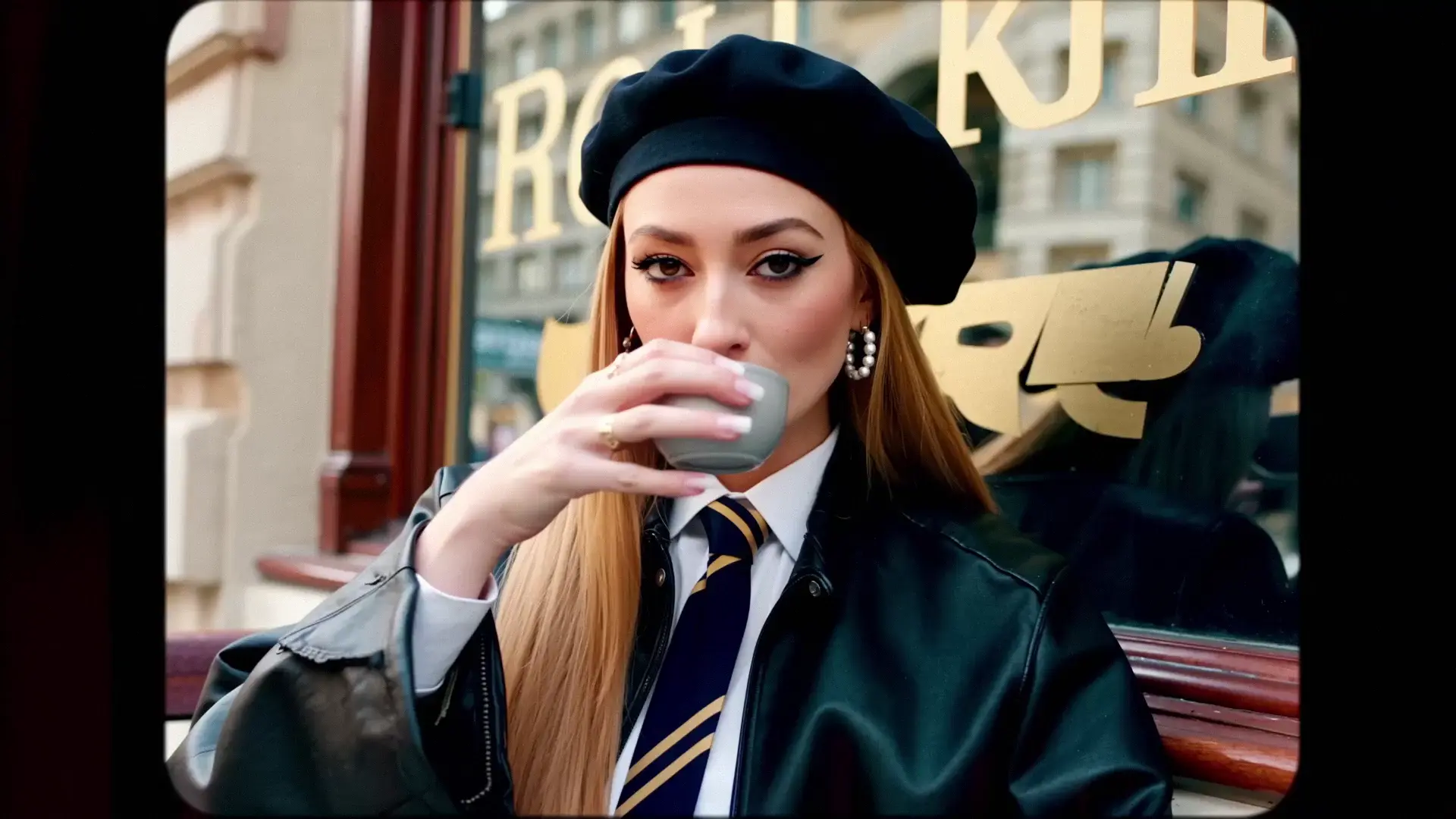
LTX 2 converts a single reference image into coherent motion while preserving geometry, materials, and colorimetry. Built for cinematic delivery, LTX 2 maintains temporal consistency across frames, preventing flicker and drift as the scene evolves. With native 2160p support and controllable FPS, LTX 2 balances crisp detail with smooth motion. LTX 2 aligns synthesized movement and optional audio to the source image, yielding believable camera travel, subject dynamics, and environmental responses. LTX 2 emphasizes structure retention and efficient sampling, enabling professional results at lower computational cost. Key capabilities:
Start with a sharp, well-lit image_url that is publicly reachable or a base64 data URI. Use a PNG, JPEG, WebP source. In the prompt, describe intended camera motion, subject behavior, and what to preserve. Specify duration (6, 8, or 10 seconds), resolution (1080p, 1440p, or 2160p), and fps (25 or 50) to match delivery cadence. LTX 2 respects the fixed 16:9 aspect, so plan framing accordingly. Use generate_audio to enable synchronized ambience or leave it off for silent cuts. When critical detail must stay intact, tell LTX 2 exactly what to lock; for movement, guide LTX 2 with concise, verifiable actions rather than style-only phrases. Examples:

Swap regions in a video using a mask, text, or reference image.

Create photo-based, speech-aligned videos with natural motion

Lifelike characters, realistic physics, and stunning effects.

Lightning-fast video creation with lifelike and smooth kinetics.

Turn static images into fluid, realistic 1080p motion with smart style control.

Generate cinematic motion clips with precise control and audio sync
LTX 2 is an open-source AI video foundation model by Lightricks designed for generating videos using both text-to-video and image-to-video workflows. It creates synchronized 4K outputs that combine motion, visuals, and sound into one cohesive video.
Compared with earlier LTX models, LTX 2 introduces synchronized audio generation, native 4K resolution up to 50 fps, and longer 10–20 second clips. These improvements make image-to-video conversions smoother, faster, and more consistent than before.
LTX 2 can be accessed in Runcomfy’s AI playground through a credit system. New users receive free credits at signup, and credits are used to generate outputs such as image-to-video results or text-to-video clips. Additional credits can be purchased if needed.
With LTX 2, users can expect high-fidelity 4K video output featuring realistic motion and sound. The system’s image-to-video function can transform still photos or frames into dynamic clips suitable for creative content, ads, and film previsualization.
LTX 2 is ideal for creators, filmmakers, VFX artists, social media producers, and small studios who want to produce high-quality video from static sources or text prompts. Its image-to-video capabilities make it accessible for both professionals and beginners.
LTX 2 is optimized for consumer-grade GPUs, meaning users can run image-to-video generations efficiently without enterprise-level setups. It also supports multi-GPU inference for more demanding rendering needs.
Yes, LTX 2 generates synchronized audio and visuals together, unlike earlier AI tools that required audio stitching. This makes image-to-video outputs more immersive and production-ready straight from the model.
Yes, LTX 2 offers APIs and SDKs allowing seamless integration into professional workflows. Creators can connect their image-to-video processes with editing tools, post-production pipelines, or asset management platforms.
While LTX 2 supports up to about 10–20 seconds of synchronized content, very long videos may require chaining multiple runs. Image-to-video outputs also depend on input quality, GPU configuration, and selected mode (Fast, Pro, or Ultra).